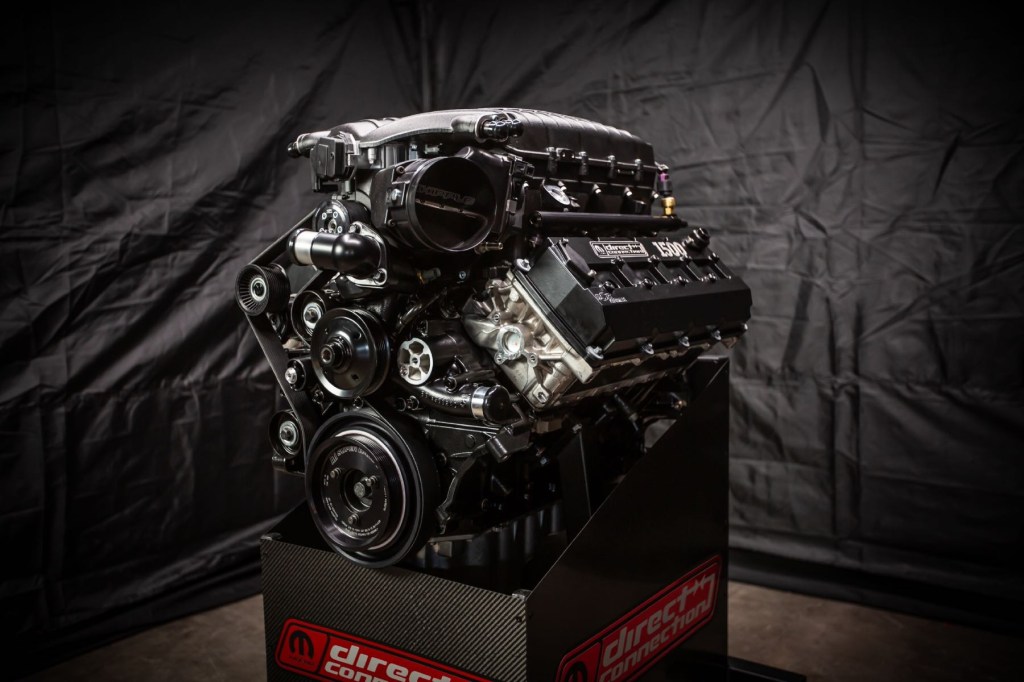
Dodge’s Integrated Turbo Cylinder Head Could Save Muscle Cars
Dodge’s latest innovation in cylinder head technology – the integrated turbo cylinder head – could be a game-changer for high-performance muscle cars. With increased power and improved efficiency, this technology has the potential to save the future of muscle cars. In this article, we’ll explore what the integrated turbo cylinder head is, how it works, and why it is potentially the saving grace for combustion engine muscle cars.
What is an integrated turbo cylinder head?

According to a patent filed by Stellantis, an integrated turbo cylinder head will combine the traditional cylinder head and exhaust manifold into a single unit. This design allows for improved airflow and reduced turbo lag, increasing power and better fuel efficiency. The integrated turbo cylinder head also allows for more precise control over the turbocharger.
More control can help to prevent overheating that can arise when running a turbocharged engine at high speeds. Overall, the technology promises to provide muscle cars with a new level of performance and efficiency. All the while potentially helping save the future of muscle cars.
Dodge’s new head design can save ICE muscle cars

With the growing popularity of electric vehicles, many have wondered what the future holds for traditional, internal combustion engine muscle cars. However, Dodge’s new integrated turbo cylinder head technology could help keep the muscle car alive in this changing automotive landscape. In addition, the higher efficiency could make internal combustion engine muscle cars more competitive with their electric counterparts.
The integrated turbo cylinder head could also reduce emissions and improve fuel economy. Efficiency will become increasingly crucial as emissions regulations become more stringent. The new technology from Dodge could be a lifeline for the future of the muscle car, offering a way to stay relevant in a rapidly changing automotive industry.
How does an integrated manifold work?

An integrated exhaust manifold, also known as a header, combines the manifold and the cylinder head into a single unit. An exhaust manifold collects the exhaust gasses from each engine cylinder. It channels them into a single pipe, which then carries them away from the engine and out the tailpipe.
The design allows for an improved flow of exhaust gasses, improving engine performance. The integrated exhaust manifold can also help reduce the weight. Additionally, it reduces complexity of the engine and minimize the heat transfer between the exhaust gasses. It will drastically improve engine durability.
Is the combustion engine muscle car dead?
In conclusion, Dodge’s integrated turbo cylinder head technology has the potential to save the future of muscle cars. By combining the cylinder head and exhaust manifold into a single unit, this technology improves airflow, reduces turbo lag, and provides more control. As the popularity of electric vehicles grows, the integrated turbo cylinder head could help keep internal combustion engine muscle cars relevant. Additionally, the technology could help to reduce emissions and improve fuel economy, making it a valuable innovation for the future of the automotive industry.


